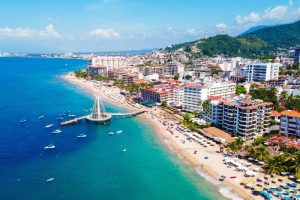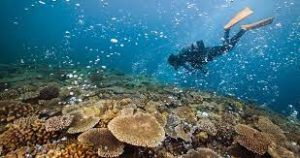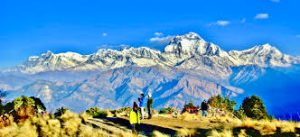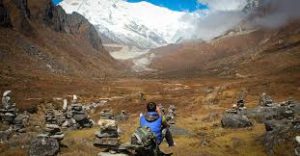Conservation of The Kalahari Ecosystem

South Africa’s Mystical Kalahari Desert is an ecotourism paradise that only decades ago was demolished by cattle and farmers who inhabited the impoverished stretch of red svannah sands.
The Kalahari Desert is one of the premier wildlife destinations in Africa. The area had previously been farmed with little regard for the environment, and as a result, the very essence of the authentic Africa it once was had been almost completely destroyed. However, thanks to the destruction of dams, removal of houses and fences and re-establishment of indigenous game such as cheetah and lion, it is now on the road to resembling the real Africa that nature intended. Unwanted plants have been removed and rare wildlife and game has been brought back.
As an environment that had largely been unnoticed in terms of socio-economic development, the communities within this region had been unfortunate in that they had not had the opportunity to benefit from any formal education or schooling, nor had they been exposed to any social welfare programs. As the area has become established within the environment, many inhabitants are now employed by the Reserves that provide ecotourism attractions to travelers. Not only do those employed benefit from this investment, so also do the people in the surrounding regions benefit form the economic impact that tourism has on this development.
The Kalahari Desert provides an attractive location for ecotourism as visitors are able to experience the unique spirit of the Kalahari Desert while also being exposed to the projects and ongoing commitments to ‘restore the Kalahari to itself’. There is an overwhelming dedication to promote a culture of sustainable use and conservation of South Africa’s natural heritage and supporting conservation projects aim to foster the bio diversity of the county’s mammals, birds, insects, fish, reptiles and vegetation.
To preserve sound ecotourism practices and reduce the environmental impact of tourists, very low numbers of tourists are accommodated within the area. Reserves guides are trained in minimal impact principles and they restrict their vehicular activities to areas of low impact, while guests are encouraged to partake in horse-back safaris and guided walking trails so that they can feel the Kalahari sand between their toes and explore the habitat rather than just chasing after big game.
Travelers may encounter the heard rare black rhinos that were relocated to Reserve in 1995. As recently as 1970, an estimated 65,000 black rhinos could be found throughout sub-Saharan Africa. But in eastern Africa, 90 percent of them were killed in the 1970s. Now there are fewer than 2,500 left, in pockets in Zimbabwe, South Africa, Kenya, Namibia, and Tanzania. There are now 27 black rhinos in the Kalahari reserve, representing nearly a quarter of South Africa’s total black rhino population.
As the reserve protects and grows the diversity of wildlife and through ongoing conservation efforts, inventory of invertebrate species and animal numbers are continuously growing a habitat that is completely natural and restored to its own. With close to 350 varying species of mammals, birds, reptiles and even frogs. As research into the area continues, and ongoing discoveries are made.
The development of the reserves ecotourism project to restore the conservation of the Kalahari region relies heavily on successfully being able to achieving these three principle goals: restoration of the natural environment to a pristine condition, re-establishment and protection of biological diversity and maintaining the natural ecological processes that is characteristic of the Kalahari environment. The Kalahari Reserve aims to restore the ecological processes that define the Kalahari ecosystems and offer a safe haven to endangered species while also providing habitat for the protection of the regions unique bio-diversity.







